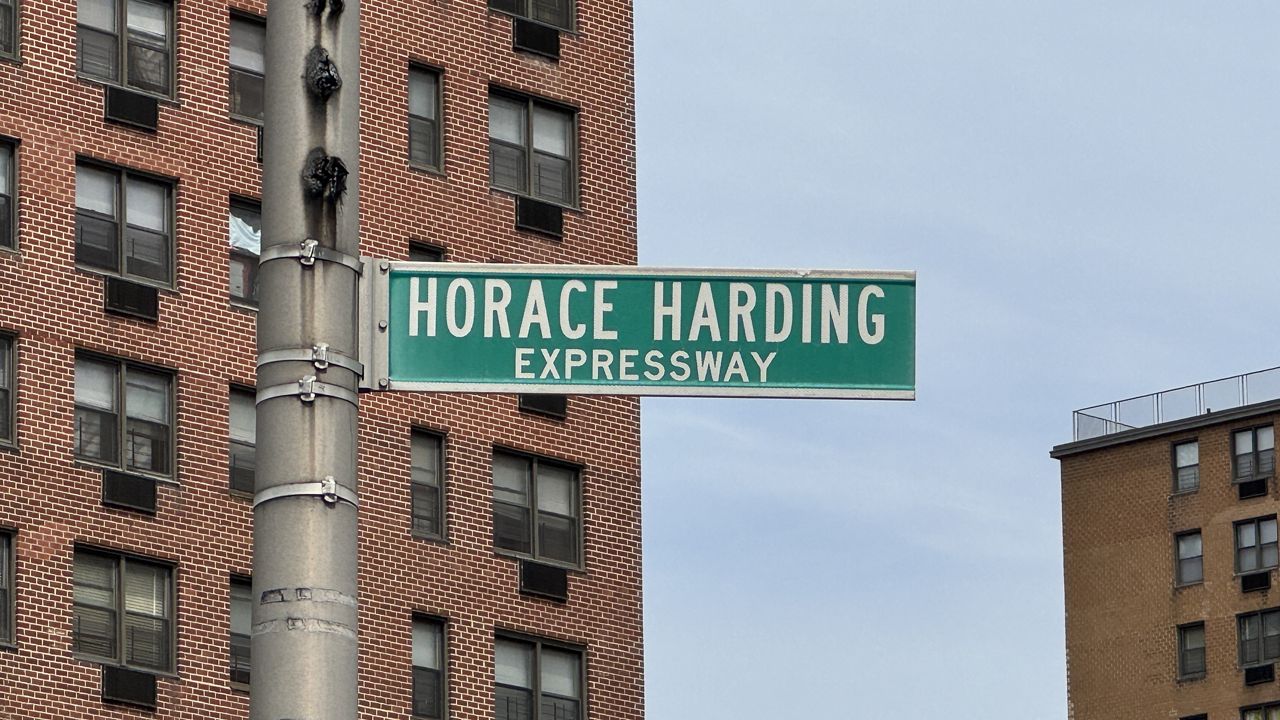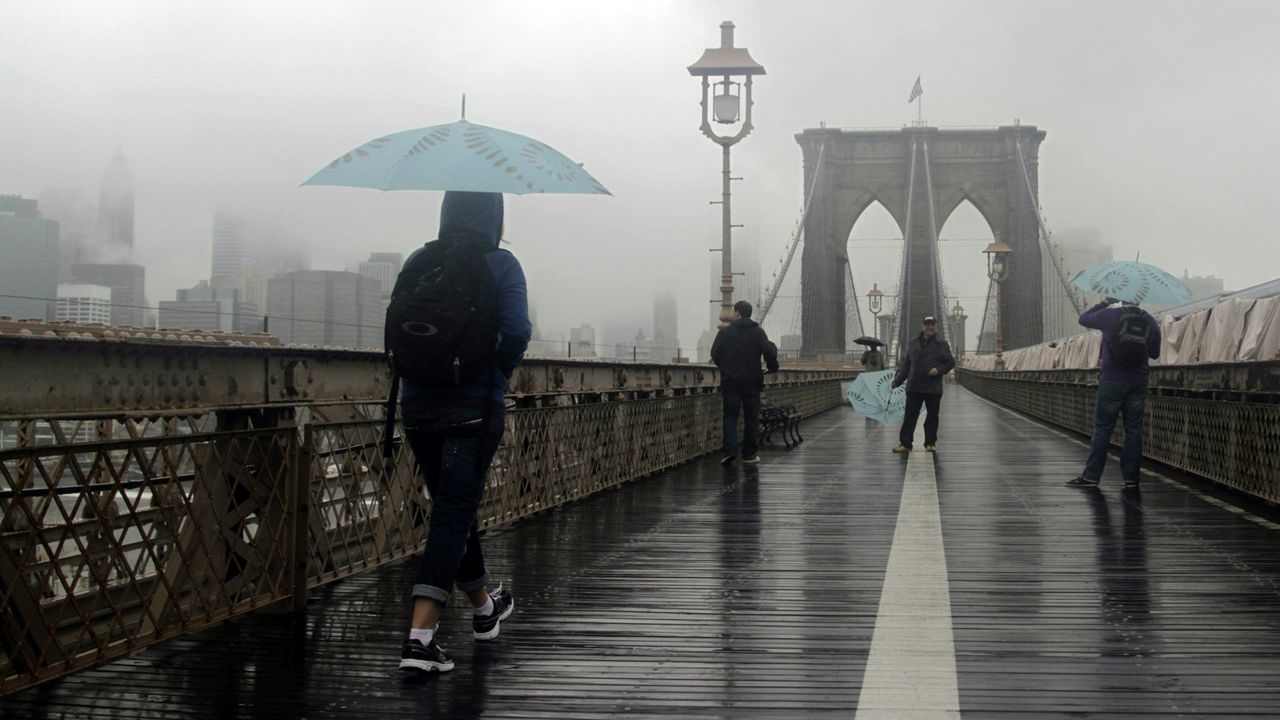Port Director of the Port Authority of New York and New Jersey Beth Rooney says it’s no exaggeration — America’s port system is critical.
"Literally everything — 95% of consumer goods — come into the United States in ocean containers," Rooney said, as she gave Spectrum News a tour of operations at the Howland Hook Marine Terminal.
That statistic is exactly why so much attention is now being paid to what tariffs could do to the amount of cargo the U.S. imports.
But to understand the potential impact that tariffs could have on U.S. cargo, it’s important to understand how cargo is measured. It's a system that, coincidentally, was developed in the Port of New York and New Jersey in 1956 by a man named Malcom McLean.
The idea behind creating a standard cargo container was simple, Rooney says, and it essentially amounted to: "Why dont we just move the truck on to the ship?"
The type of container most Americans are used to seeing on the back of an 18-wheeler is foot feet long. But the industry uses a standard of measurement called a TEU, which stands for a twenty foot equivalent unit. One TEU could fit two vehicles or 10,000 shoeboxes.
In January, U.S. ports brought in a record high 2.49 million TEU’s. That's a nearly 10% increase compared to January 2024. February saw 2.238 million TEU’s, which is a 4.7% increase from February 2024. And, according to the logistics tech corporation Descartes Systems Group, March saw 2.38 million TEU's — a jump of 11% from March one year ago.
Experts say the year started strong because U.S. importers from the East Coast to the West Coast front loaded, in anticipation of massive uncertainty.
"The ripple effect of these tariffs will be felt by all of us," said Gene Seroka, executive director of the Port of Los Angeles, in his State of the Port address in April. "And there's no way around that."
"I anticipate a drop of at least 10% in our cargo volume from July until the end of this year," Seroka continued. "But that drop-off could begin as early as next month in May."
In Long Beach, the situation could be even worse.
“Right now we're estimating a 20% reduction in volume," said Mark Cordero. "Our staff has now recorded 17 cancelled sailings from the international carriers.”
The Port Authority of New York and New Jersey has not made any public projections regarding a potential drop in cargo as it relates to tariffs, merely saying they are not currently seeing any changes in cargo operations due to tariffs.
"We're hearing from a lot of folks about orders in China being canceled or delayed," said Jonathan Gold, vice president of supply chain at the National Retail Federation, which also predicts a 20% drop-off in cargo coming in to the U.S. in the second half of the year. "It could be pretty significant."
In New York, for example, cargo from China amounts to approximately 23% of all imports to the port, according to the Port Authority of New York and New Jersey. But in the Port of Los Angeles, imports from China can be as high as 40% of the total imports the port takes in.
A significant drop in cargo from China could have real impacts on the workers who move that cargo, like Robert Spakowski.
“They're turning around container ships that were headed our way, saying, 'Just forget it, come on back,' said seafarer Robert Spakowski. "It's our livelihood. We're concerned about it."
"And there's thousands of workers down here that are watching the news every day, seeing what's gonna happen."
"It's not just going to be the ports that are impacted.," the NRF's Joanthan Gold added. "It's trucking, it's warehousing, it's all the other associated jobs as well."
The Associated Press contributed to this report.











_PKG_Bk_Police_Involved_Shooting_CLEAN)